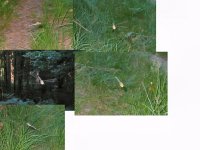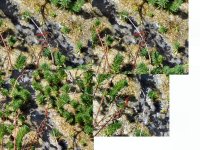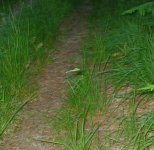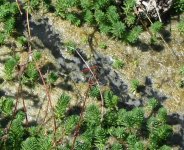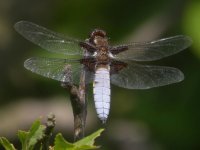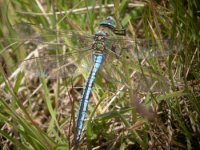Dear All
Long time birder short time dragonflier...!! (E.Sussex)
Started seriously looking at DFs from the end of June this year and have so far seen;
Azure, Common Blue, White Legged, Large Red, Blue Tailed, Red Eyed & Emerald Damselflies - plus Banded Demoiselle
Broad Bodied Chaser, Black Tailed Skimmer, Emperor, Common Darter
In Lewes, East Sussex today found a little stream near the A27 and saw these little Dragonflies (I think Ruddy Darter but would value a second opinion!) - couldn't get any closer due to nettles but every now and then it flew off for a little sortie then landed at the same spot
Later on in my local forest saw this possible? female Southern Hawker - why do these large DFs never seem to land!! So I thought right I'll take some pics of you flying...!! Kinda worked out...
Been rummaging through the forum this evening - fascinating stuff....
Cheers - Tom
Long time birder short time dragonflier...!! (E.Sussex)
Started seriously looking at DFs from the end of June this year and have so far seen;
Azure, Common Blue, White Legged, Large Red, Blue Tailed, Red Eyed & Emerald Damselflies - plus Banded Demoiselle
Broad Bodied Chaser, Black Tailed Skimmer, Emperor, Common Darter
In Lewes, East Sussex today found a little stream near the A27 and saw these little Dragonflies (I think Ruddy Darter but would value a second opinion!) - couldn't get any closer due to nettles but every now and then it flew off for a little sortie then landed at the same spot
Later on in my local forest saw this possible? female Southern Hawker - why do these large DFs never seem to land!! So I thought right I'll take some pics of you flying...!! Kinda worked out...
Been rummaging through the forum this evening - fascinating stuff....
Cheers - Tom




